Table of Contents
ToggleIn our vast and diverse natural world, some animals steal our hearts with their irresistible charm and undeniable cuteness.
From fluffy to sleek, tiny to towering, the animal kingdom is teeming with adorable species that captivate us with their unique features and behaviors. Join us on a delightful journey as we explore the top contenders for the title of the cutest animals on Earth and discover what makes each one so utterly endearing.
What Defines the Cutest Animal?
Before we dive into our list of the world’s cutest animals, let’s first understand what criteria make an animal truly adorable. The perception of cuteness often stems from characteristics such as soft fur, big eyes, playful behavior, or even unique quirks that evoke a sense of affection and delight in humans. Scientists suggest that certain facial features, like large eyes and a rounded face, trigger innate nurturing instincts in us, reinforcing our love for these creatures.
The Science Behind Cuteness: What Makes Animals Adorable?
Cuteness is not merely a subjective experience; it’s a complex psychological and biological phenomenon that has been the subject of scientific study. The science of cuteness, or “Kindchenschema” as coined by the ethologist Konrad Lorenz, refers to a set of physical and behavioral traits that evoke a sense of affection and care in others. These traits typically include large eyes, small noses, round faces, and soft, rounded bodies—features commonly found in human babies and young animals.
These characteristics trigger an instinctual response in the brain, releasing a cocktail of neurotransmitters like dopamine and oxytocin, often referred to as “feel-good” hormones. This response is thought to be an evolutionary adaptation that encourages nurturing behaviors, ensuring that the young receive the care needed to survive.
In the animal kingdom, the cutest animals often share these traits, regardless of their species.
For instance, when we consider what is the cutest animal in the world, we might think of puppies and kittens, which have the quintessential cute features that humans find irresistible. The most cutest animal in the world might not be the same for everyone, but the common thread is the presence of these adorable traits.
The perception of cuteness can also be influenced by cultural factors and personal experiences. The cutest animal ever for someone might be a creature that holds sentimental value or one that they associate with positive memories. Additionally, media representations, such as the top 10 cutest anime characters, can shape our perceptions of cuteness by presenting stylized and exaggerated features that appeal to our innate sense of what’s adorable.
As we continue to explore the cutest and rarest animals in the world, it’s important to note that cuteness goes beyond aesthetics.
It’s a powerful force that can drive conservation efforts and foster empathy towards all living beings. By understanding the science behind cuteness, we can appreciate why these creatures captivate us so deeply and why they play a crucial role in our lives and the environment.
Top Ten Contenders for the Title of Cutest Animal
The quest to crown the cutest creature is a delightful challenge that has sparked debates and melted hearts worldwide. As we sift through the animal kingdom’s vast array of charming candidates, we present to you the top ten contenders that have captured the public’s adoration. These animals not only boast the quintessential traits of cuteness but also embody the spirit of innocence and joy that we associate with nature’s most endearing beings.
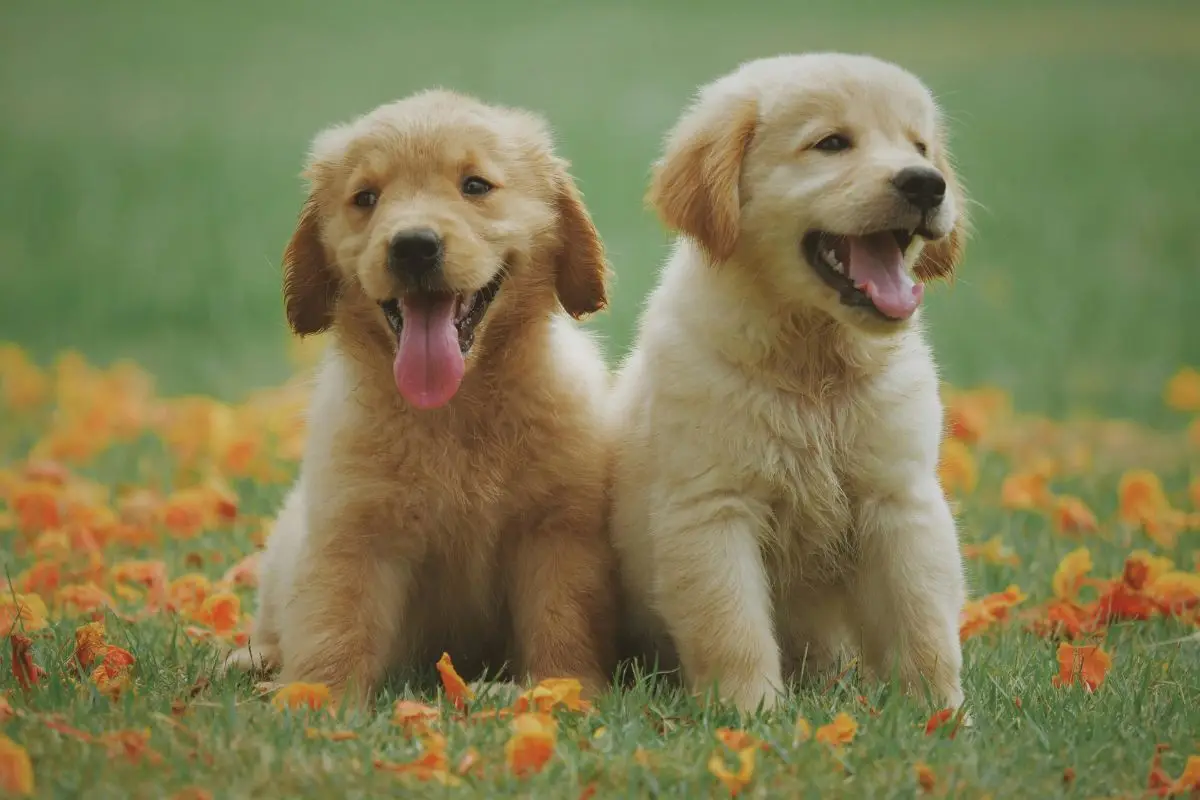
1. Domestic Puppy:
With their wagging tails and boundless energy, puppies are often the first to come to mind when thinking of cute animals.
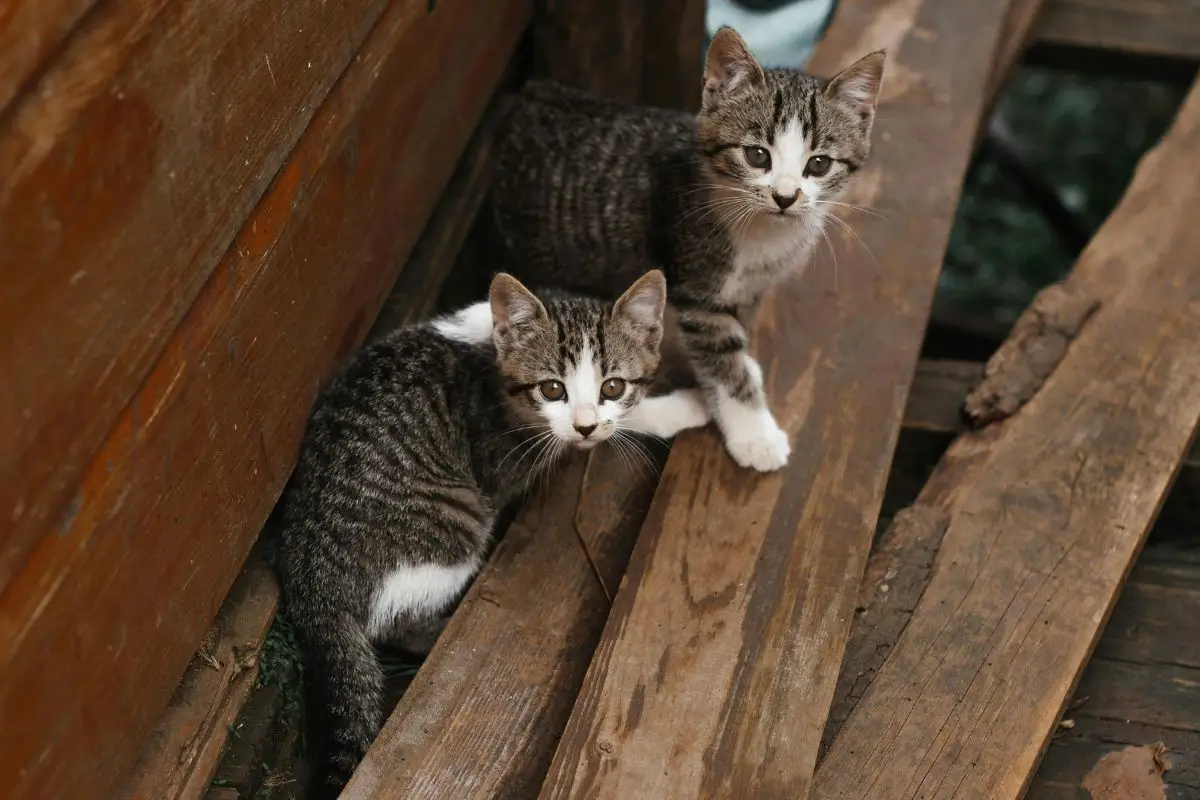
2. Kitten:
The playful and curious nature of kittens, combined with their soft fur and big eyes, makes them irresistible.
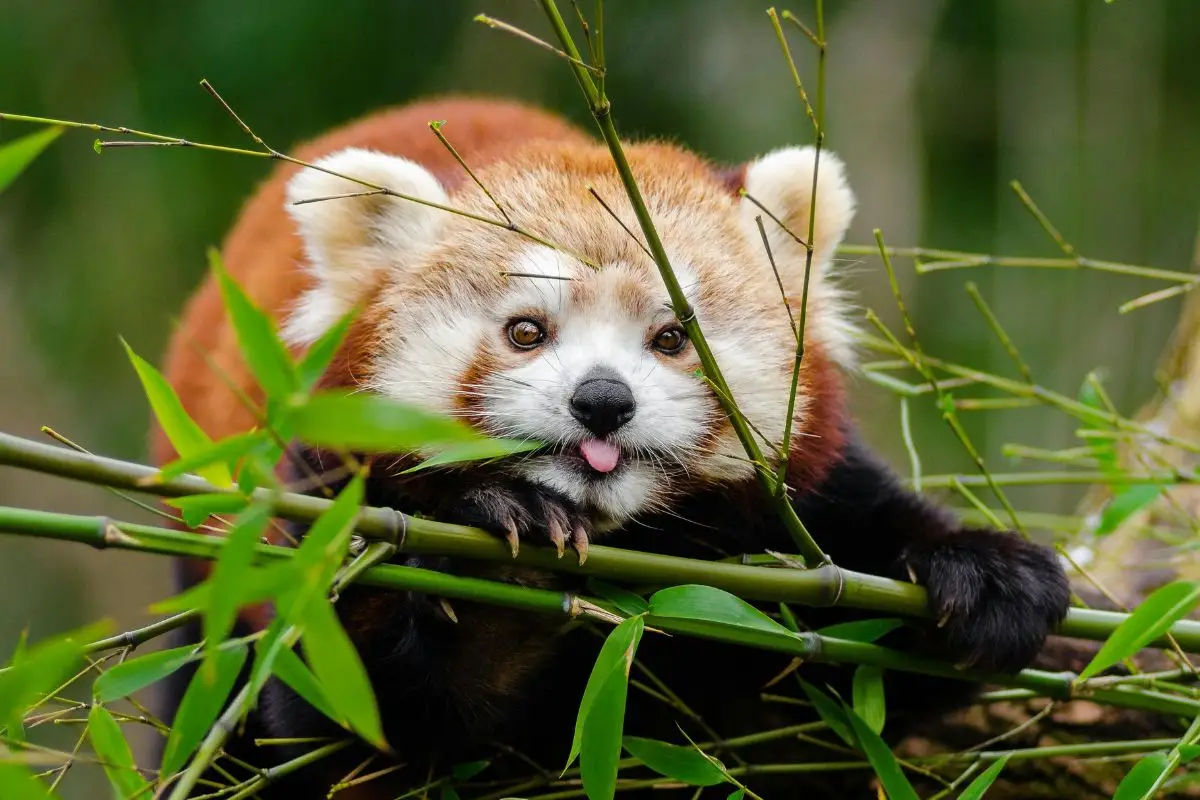
3. Red Panda:
Known for their striking colors and gentle demeanor, red pandas have a unique charm that sets them apart.

4. Hedgehog:
Small and quirky, hedgehogs have a distinctive appeal with their button noses and spiky coats.

5. Koala:
The sleepy and calm koala, with its fluffy ears and nose, exudes a serene cuteness.
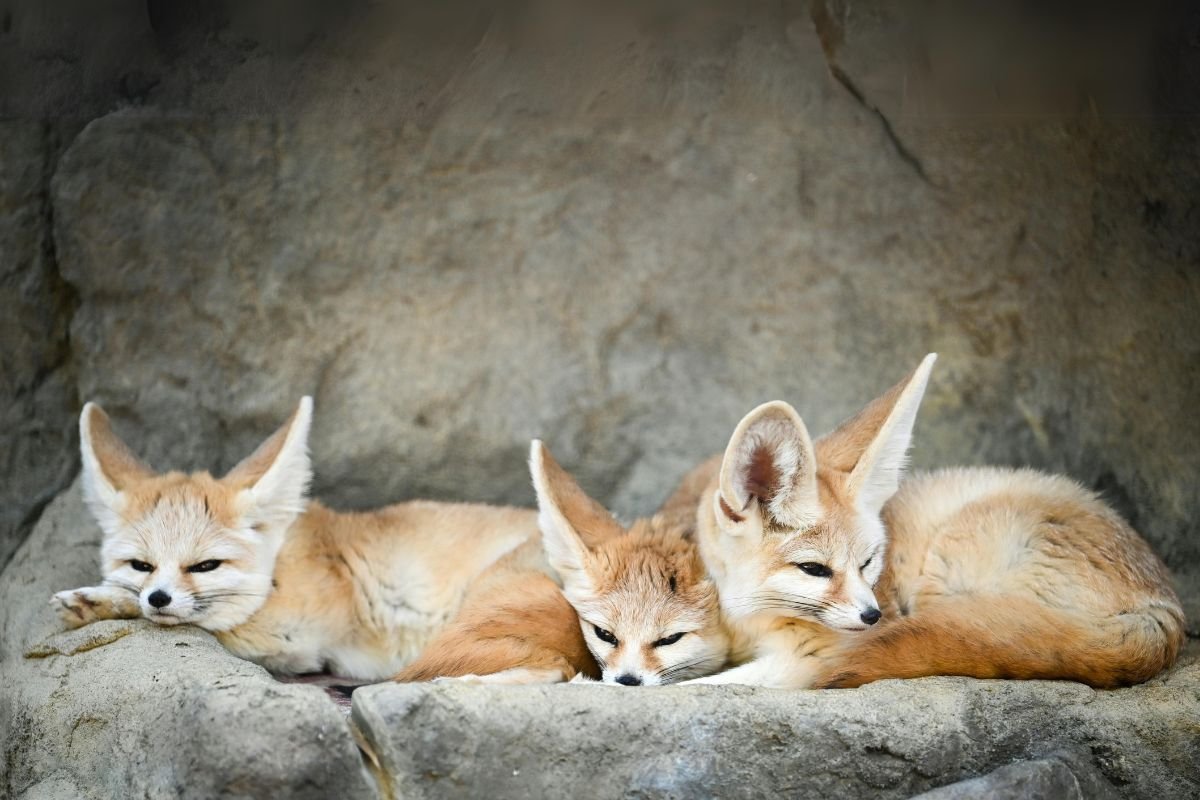
6. Fennec Fox:
The fennec fox, with its large ears and expressive eyes, is a desert dweller that has won over many hearts.
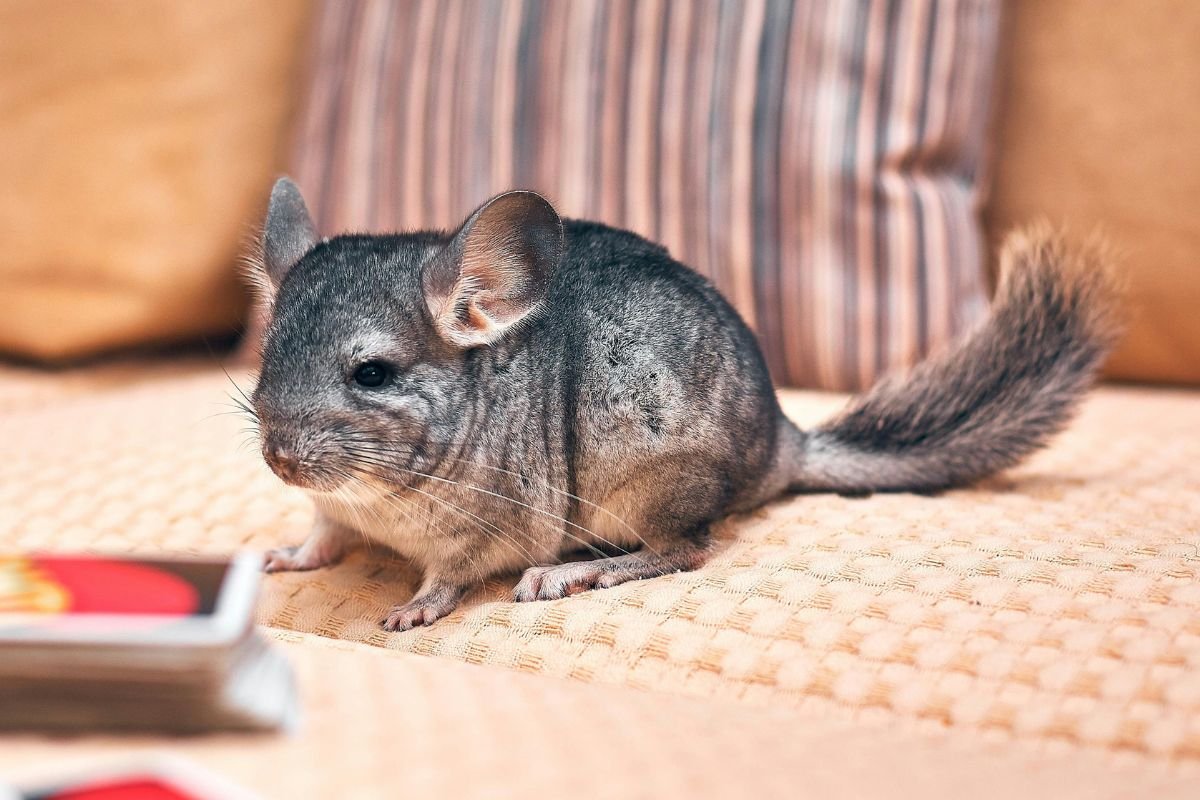
7. Chinchilla:
Soft to the touch and with a curious gaze, chinchillas are often noted for their gentle and appealing nature.
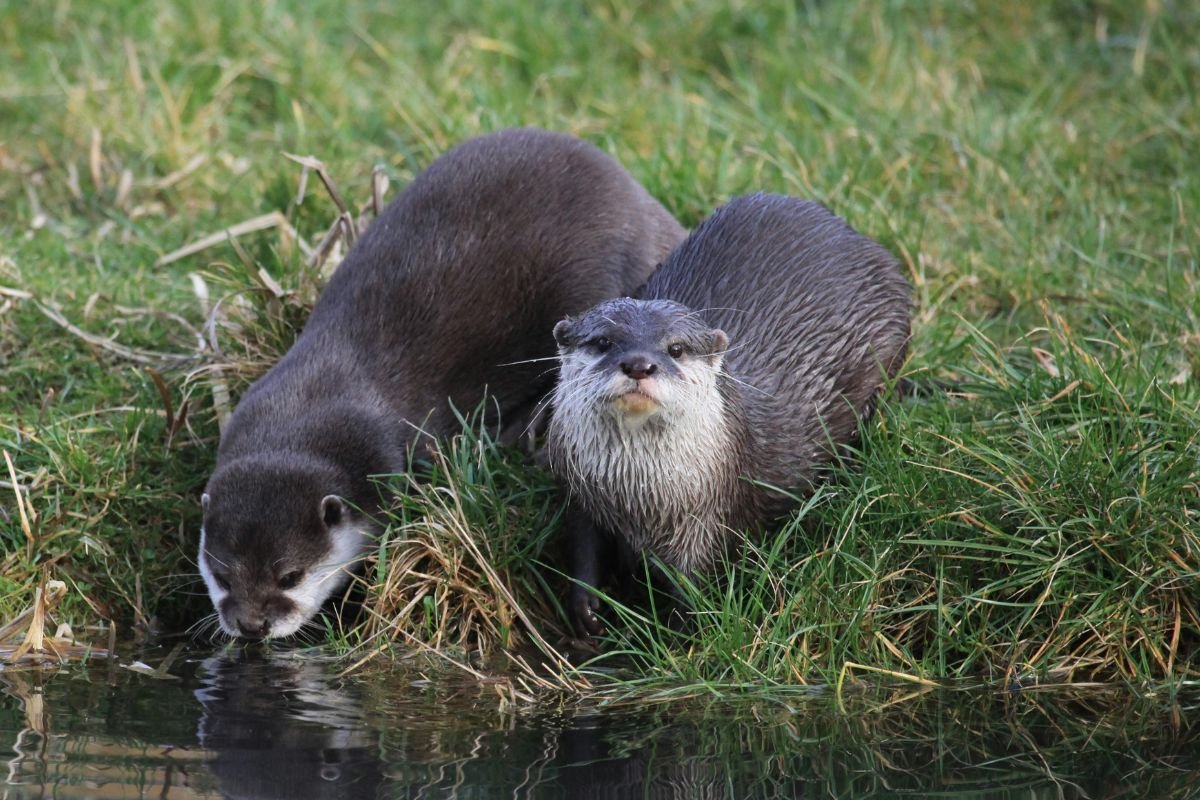
8. Sea Otter:
Floating and frolicking in the water, sea otters have a playful charm that is unmatched.
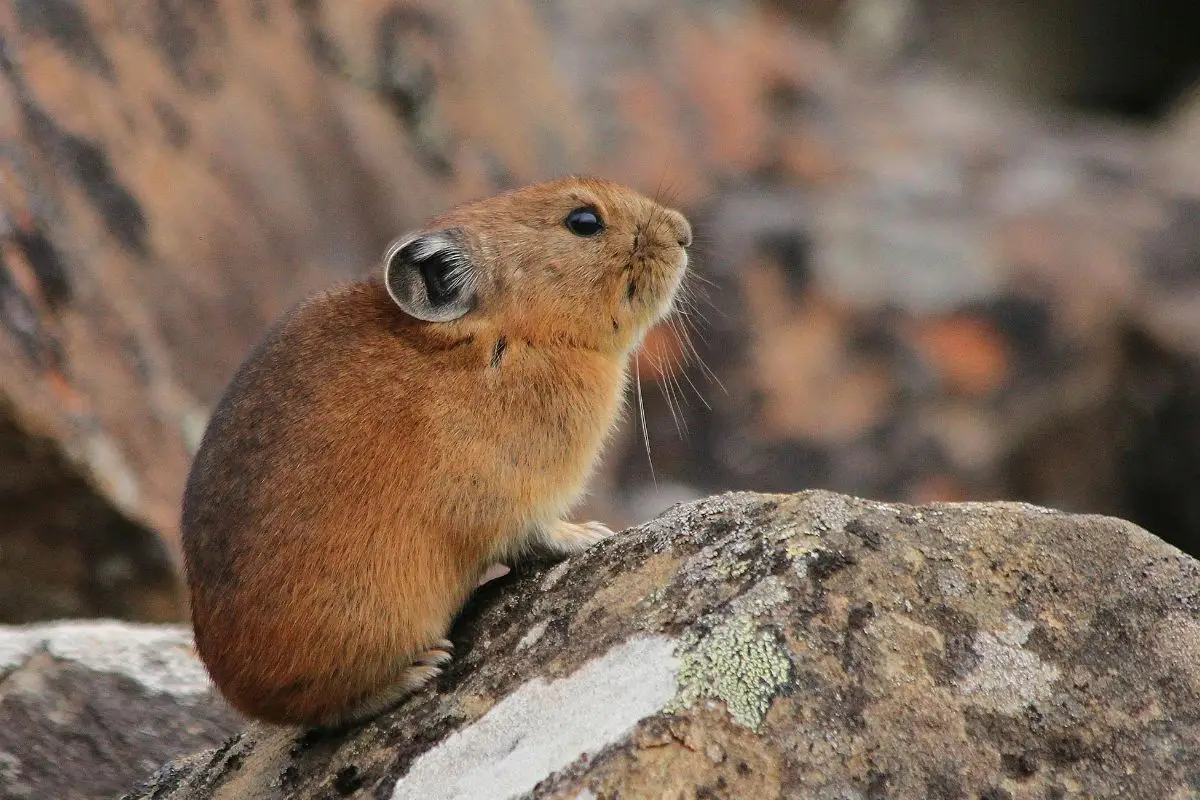
9. Pika:
A lesser-known contender, the pika is a small mountain-dwelling mammal with a round face and a curious personality.
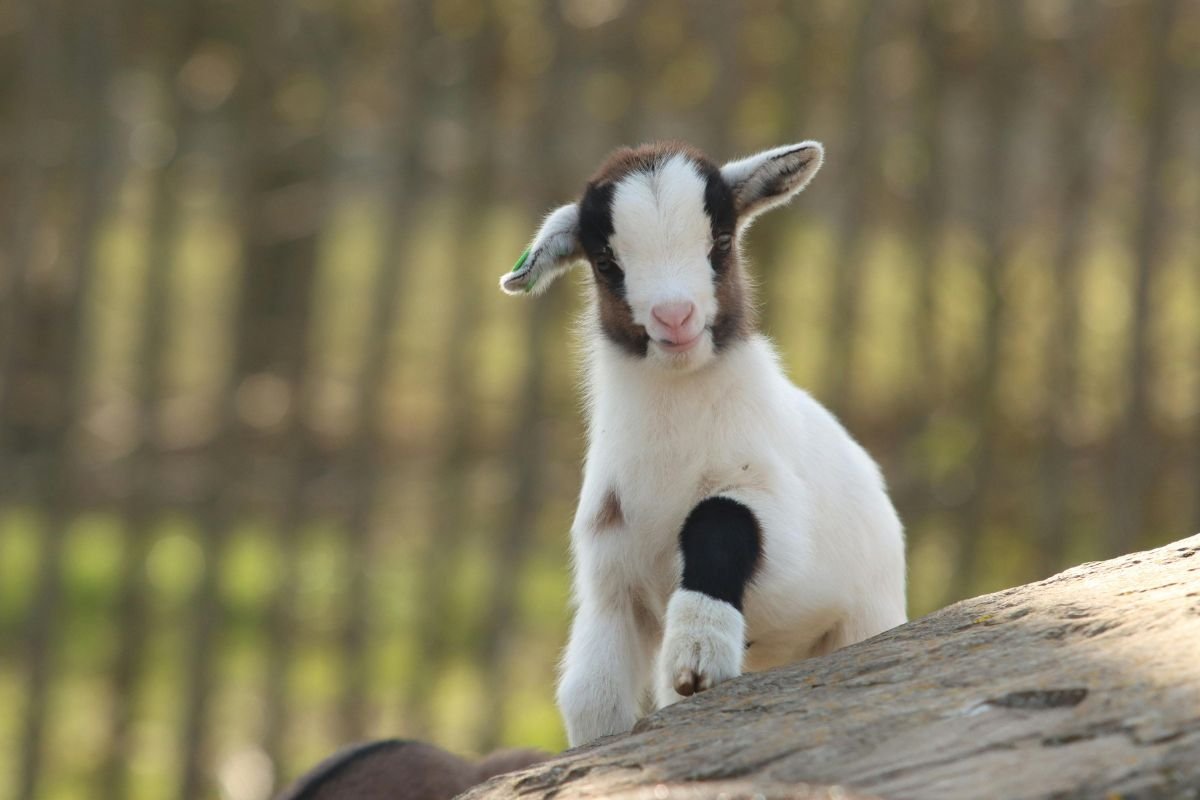
10. Pygmy Goat:
Miniature in size but full of personality, pygmy goats have a playful and mischievous nature that endears them to many.
Each of these animals brings a unique set of characteristics that define what it means to be the cutest.
They remind us of the simple pleasures in life and the universal appeal of creatures that evoke our protective instincts. As we explore the cutest and rarest animals in the world, we find that cuteness is a quality that transcends boundaries and brings us together in appreciation of the natural world.
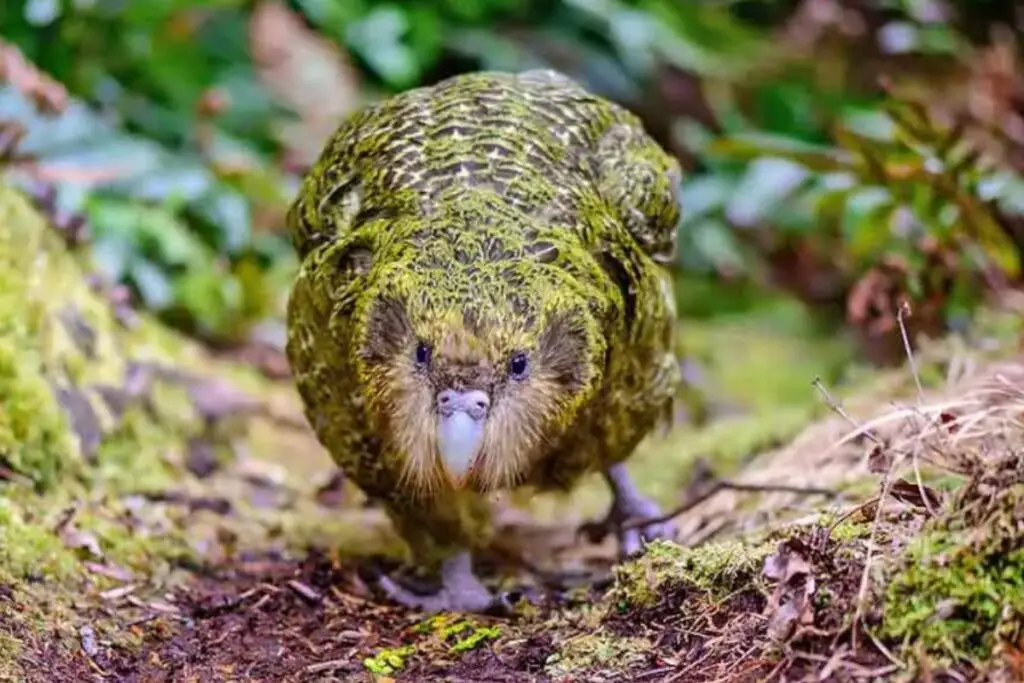
Rare Beauties: Uncovering the Cutest and Rarest Animals
In the vast tapestry of the natural world, there exists a special category of animals that are not only adorable but also exceedingly rare. These rare beauties, often hidden away in remote corners of the planet, are as elusive as they are endearing. Their scarcity and unique features make them the jewels of the animal kingdom, and their cuteness only adds to their mystique.
One such example is the Ili Pika, a tiny mammal found in the Tianshan mountains of China, which has captured hearts with its teddy bear-like appearance. Another is the Vaquita, the world’s smallest cetacean, which is critically endangered with only a few individuals left in the wild.
The Kakapo, a flightless parrot from New Zealand, charms with its friendly nature and is one of the rarest bird species on Earth.
These animals are often the subjects of intense conservation efforts.
Their cuteness can play a pivotal role in raising awareness and garnering support for these causes. While they may not rank in the top ten of the most well-known cute animals, their rarity and the urgent need to protect them make their stories all the more compelling.
As we continue to explore the cutest animal in the world, we must also turn our attention to these rare creatures. They remind us of the diversity of life on our planet and the responsibility we have to preserve it. In doing so, we ensure that future generations can also experience the joy and wonder these rare beauties inspire.
The Role of Media in Popularizing Cute Animals
The media plays a pivotal role in shaping public perception and interest in the animal kingdom, particularly when it comes to the cutest members of the fauna. From viral videos to wildlife documentaries, the portrayal of animals in the media can significantly influence which species become popular and deemed ‘cute’ by audiences around the world.
Social media platforms have become a hotbed for sharing content that features adorable animals. Platforms like Instagram and YouTube are filled with accounts dedicated to particular species or individual animals, garnering millions of followers eager for their daily dose of cuteness. These platforms not only provide entertainment but also create communities of animal lovers who can share information and advocate for animal welfare.
Wildlife documentaries and television shows also contribute to the popularity of certain animals.
By highlighting the endearing qualities and fascinating behaviors of creatures, these programs can elicit empathy and a deeper appreciation for the natural world. The impact of such media is profound, often leading to increased interest in conservation and protection efforts for the species showcased.
Moreover, the media’s role extends to the world of animation and film, where anthropomorphized animals capture the hearts of viewers. Characters like Disney’s Bambi or DreamWorks’ Kung Fu Panda have become cultural icons, influencing how we perceive certain animals and often increasing their ‘cuteness’ factor.
In conclusion, the media serves as a powerful tool in popularizing cute animals, influencing public opinion, and driving conservation efforts. It has the ability to bring the plight of the cutest and rarest animals in the world to the forefront, reminding us of our shared responsibility to protect and cherish these wonderful creatures.
How Cuteness Influences Conservation Efforts
The power of cuteness extends far beyond its immediate visual appeal; it plays a significant role in conservation efforts around the globe. The concept of “charismatic megafauna” refers to animal species that are aesthetically appealing and serve as symbols for conservation campaigns. These animals often have traits that humans find cute, such as large eyes and soft fur, making them more relatable and eliciting a desire to protect them.
Cuteness can be a driving force in garnering public support for conservation initiatives. When people feel an emotional connection to an animal, they are more likely to support efforts to save it. This has been evident in the success of campaigns for animals like the giant panda and the polar bear, which have become icons of conservation due to their endearing appearances.
Furthermore, the cuteness factor can influence funding and resources allocated to conservation projects. Animals that capture the public’s heart are more likely to receive donations and attention from both individuals and organizations. This can lead to increased research, habitat protection, and breeding programs aimed at preserving these species.
However, it’s important to note that while cuteness can be beneficial, it should not be the sole criterion for conservation.
All species play a vital role in their ecosystems, and biodiversity as a whole needs to be preserved. Conservation efforts must be inclusive of less charismatic species to ensure a balanced approach to protecting our planet’s wildlife.
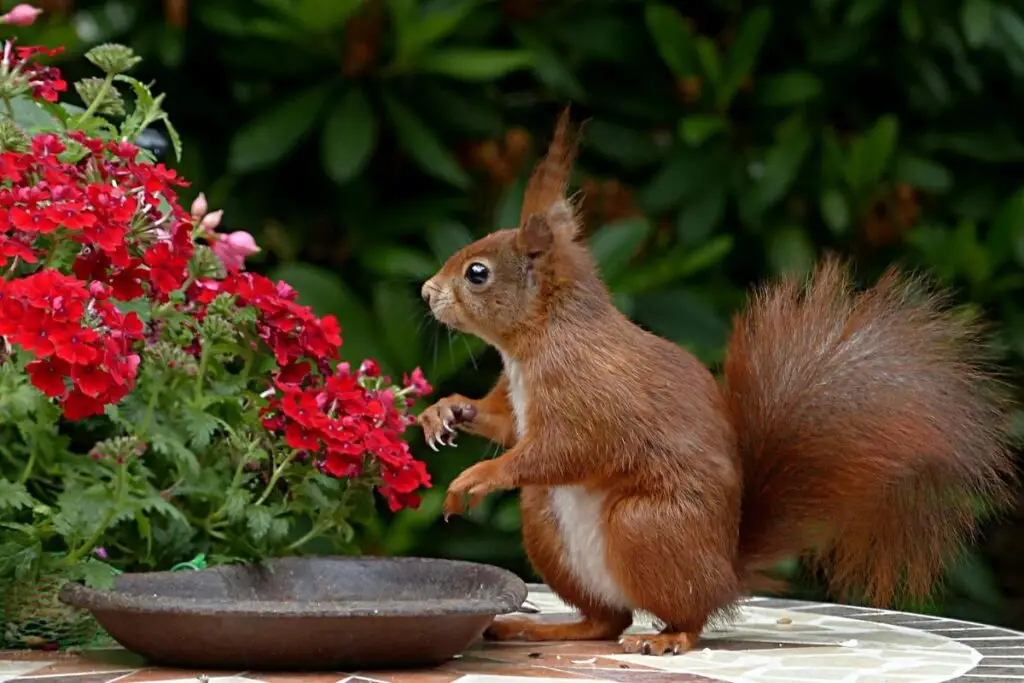
The Evolution of Cuteness: From 2022 to 2024
The concept of cuteness has undergone a fascinating evolution over the years, particularly between 2022 and 2024. As society’s values and media landscapes shift, so too does the perception of what constitutes the epitome of cuteness in animals. In this period, we’ve seen a significant change in how cuteness is recognized and celebrated across various platforms.
In 2022, the cutest animals were often those that featured prominently on social media feeds and in viral videos. The public’s love for adorable pets and wildlife led to a surge in online content creation centered around animals that fit the traditional mold of cuteness. However, as we moved into 2024, the narrative began to expand. With advancements in technology and a growing awareness of biodiversity, the definition of cuteness broadened to include a wider range of species.
The influence of augmented reality (AR) and virtual reality (VR) has allowed people to experience wildlife in new and immersive ways, bringing them closer to animals they might never encounter in real life. This technology has given rise to a newfound appreciation for the beauty and cuteness of lesser-known species, altering the landscape of animal popularity.
Additionally, the worldwide discourse on environmental conservation has influenced the progression of what we perceive as cute.
As more individuals become educated on the plight of endangered species, there’s been a noticeable shift towards valuing the cuteness of these animals as a means to promote their protection. The cutest and rarest animals in the world are now not just seen as subjects of admiration but also as ambassadors for their species and ecosystems.
The evolution of cuteness from 2022 to 2024 reflects a growing maturity in our relationship with the natural world. It signifies a shift from a narrow focus on traditionally cute animals to a more inclusive and conservation-minded approach. This evolution is a positive sign that as our world changes, so does our capacity to appreciate and protect its diverse inhabitants.
The Impact of Anime on Perceptions of Cuteness
Anime, the vibrant and diverse world of Japanese animation, has had a significant impact on global perceptions of cuteness. Known for its wide array of genres and artistic styles, anime often features characters with exaggerated features that are traditionally associated with cuteness, such as large eyes, small mouths, and round faces. These characteristics, which align with the “Kindchenschema,” have become a staple in the design of anime characters, making them universally appealing and recognizable.
The influence of anime extends beyond its native Japan, with a global audience that embraces the unique aesthetic. Characters from series like “Pokémon” with Pikachu, or “My Neighbor Totoro” with the titular Totoro, have become cultural icons, embodying the essence of cuteness and innocence. These characters often serve as gateways for people of all ages into the world of anime, and by extension, influence their perceptions of what is considered cute.
Moreover, anime has the power to introduce viewers to a variety of animal species that they may not be familiar with.
Through its storytelling, anime can endear these animals to viewers, who might then perceive them as cute. This has the potential to raise awareness about these species and can even contribute to conservation efforts, as viewers may develop a fondness for the real-life counterparts of their favorite anime creatures.
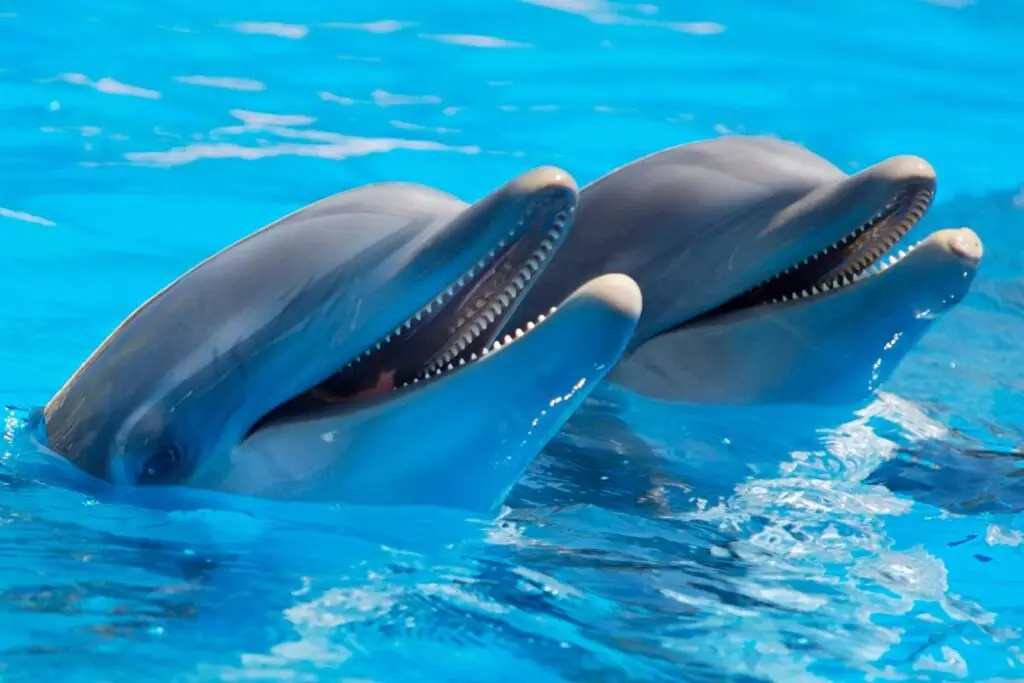
Conclusion: The Universal Appeal of Cute Creatures
As we conclude our journey through the enchanting realm of the world’s cutest animals, it becomes clear that the appeal of these creatures is indeed universal. From the domestic pets that share our homes to the rarest species nestled in remote habitats, the allure of cuteness knows no bounds. It transcends cultural barriers, language differences, and geographical divides, uniting us in a shared sense of wonder and affection.
The cutest animals, whether they are the widely adored puppies and kittens or the lesser-known but equally charming pikas and chinchillas, have a profound impact on our lives. They bring joy, comfort, and laughter, often serving as beacons of light in a world that can sometimes seem daunting. Their innocence and vulnerability remind us of the beauty and fragility of life, prompting us to cherish and protect the natural world.
The role of media, from social platforms to anime, has been instrumental in shaping our perceptions of cuteness and bringing attention to the importance of conservation.
As we’ve seen, cuteness can be a powerful tool for advocacy, inspiring people to engage in efforts to preserve the biodiversity of our planet.
In the ever-evolving landscape of cuteness, from 2022 to 2024 and beyond, we witness a growing appreciation for the diversity of life. The cutest and rarest animals in the world continue to captivate our hearts, not just for their adorable appearances but for what they represent—a connection to the natural world that is essential to our own well-being.
In closing, the universal appeal of cute creatures is a testament to the shared human experience and the innate kindness within us all.
It is a reminder that, in a world rich with diversity, there is always room for more love, more care, and more appreciation for the smallest and most endearing members of our global family.

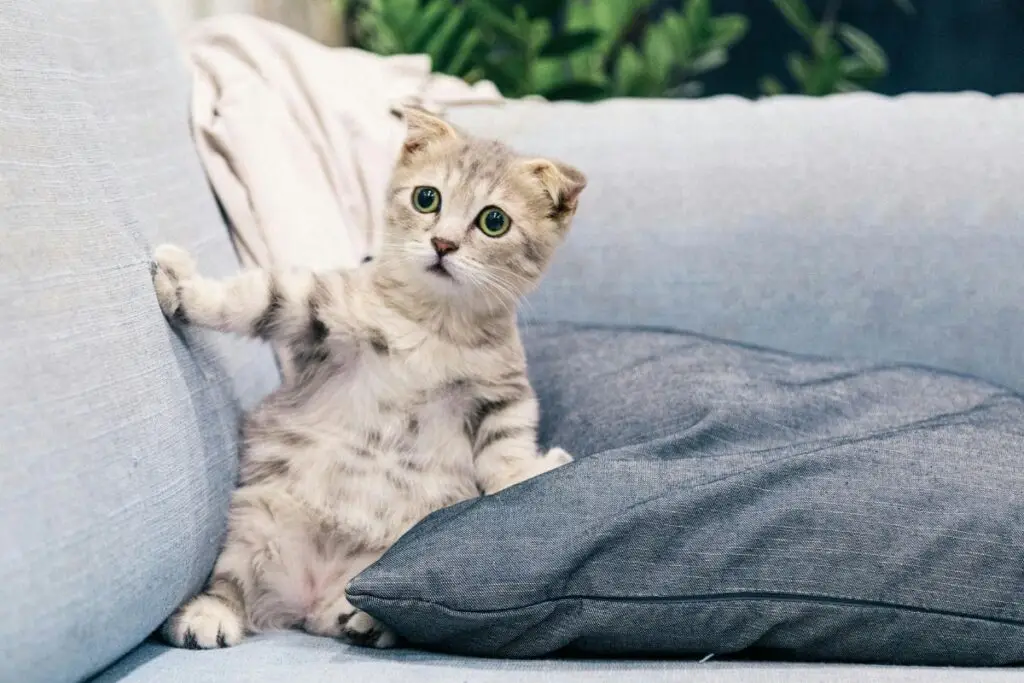
Pingback: The Ultimate Guide to the World's Cutest Animals - Florin Stanciu